
César Guala Catalán, Director, Austral Patagonia Program, Universidad Austral de Chile Annelore Hoffens W., Communications Director, Austral Patagonia Program

How much is nature worth? This is a major question we will never be able to answer thoroughly. Nature is a heritage which, unlike others, cannot necessarily be measured in terms of money: the wellbeing and happiness it stirs is actually immeasurable, as well as the spiritual satisfaction it provides, and aesthetical and recreational enjoyment, among other intangible ecosystem services.
Because they are immeasurable and unfamiliar to markets codes, their actual relevance and value for a country’s economy and society goes unrecognized. However, other environmental functions or services –to a greater or lesser extent– lend themselves better to the capital rationale and their value can be expressed in figures, thereby helping countries assess the value of their natural capital, how much they would lose should they disappear or be damaged, or how much they would need to invest to replace the environmental functions provided by such ecosystems should they be lost.
As expected, this information is critical for good policy decision-making and, as a matter of fact, it is one of the recommendations made by the OECD to its member countries.
Chile has not lagged behind in the global trend to give ecosystem services an economic value and has contributed with a recent study conducted by the Austral Patagonia Program of Universidad Austral de Chile, which assessed the ecosystems of seven national parks in the Aysén Region determining the minimum value of their services.
Applying an empirical tool that calculates the economic value of the annual flow of ecosystem services, the study defined that the minimum estimated value for these parks jointly amounts to about US$5 billion annually, equivalent to 1.5% of the national GDP in year 2022. Of all the ecosystems analyzed, the ones with the highest value are old-growth native forests, glaciers, and ice fields, with services comprised by food and fiber provision and water regulation functions, respectively.
The exercise conducted during the study reveals, for example, that should snow and glaciers of the Laguna San Rafael National Park disappear, at least US$980 million worth of ecosystem services would be lost. An additional example are forests on the Isla Magdalena National Park, the disappearance of which would mean losing at least US$5.9 billion. These figures are minimum value levels and account for what the state would need to invest to try to replace the ecosystem services provided should they be lost or damaged.
Besides these examples, how much would the state need to invest to replace the water purification function performed by wetlands or erosion prevention and soil formation services be native forests? These are actually huge numbers based on which countries should make their ecosystem protection decisions. Restoration is far more costly than prevention.
That said, it is worth mentioning that a former study under this Program estimated that the budget allocated by the state to the management of 18 national parks belonging to the National System of State-Protected Wilderness Areas (SNASPE) should increase by almost 100% to ensure effective management and ecosystem conservation. Hence, it is extremely worrying that the 2024 Budget bill, currently being discussed, is proposing a 0.9% increase –compared to this year’s figure– for the amount earmarked to the SNASPE.
What is at stake is decisive for the country’s social, environmental, and economic future. For this reason, in January of this year, the Government announced the creation of the Natural Capital Committee, chaired by representatives of the Ministries of Environment; Finance; and Economy, Development, and Tourism; as well as by the Central Bank. Its mission is to prepare environmental information and insights in economic terms for making public budgetary and productive decisions, precisely the type of information that we present here (and which can be studied in more detail in the study’s final report).
How much is nature worth? That is impossible to answer, but at least we have come closer to knowing the magnitude of the minimum value of some national parks whose ecosystems deserve management investments consistent with the contributions they make to people in Chile and the whole of humanity.









